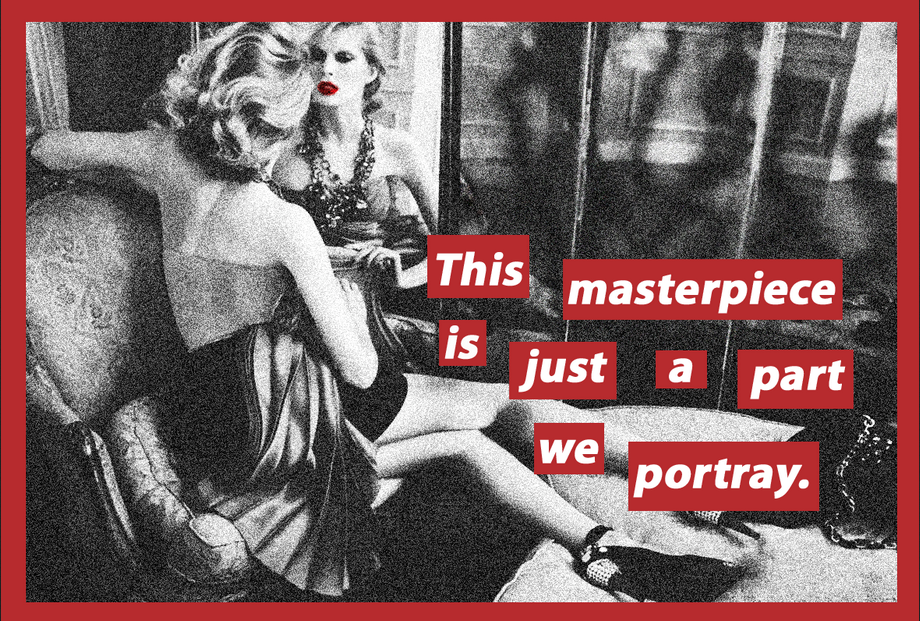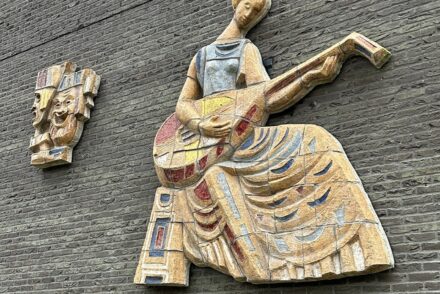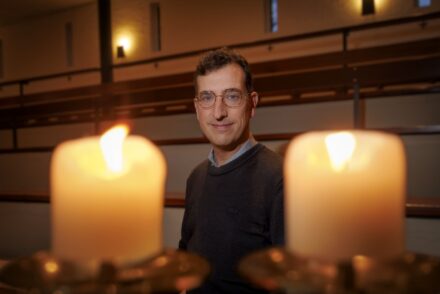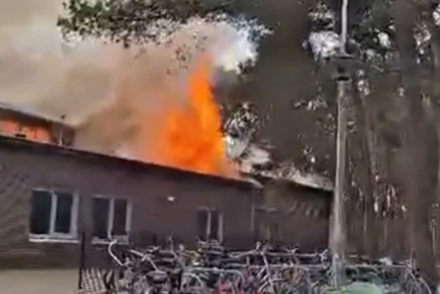The stories we tell, and the stories we are told
What do you think when you hear: ‘Orange the World’? If you’re thinking about King’s Day or any event related to the Dutch national soccer team … I am sorry to tell you that you are on the wrong track. ‘Orange the World’ is instead the slogan of the campaign promoted by the UN secretary-general to combat gender-based violence.
This post is not about the gap between rhetoric and reality; it’s about the fruitfulness of rhetoric.
‘THE STORIES WE TELL, AND THE STORIES WE ARE TOLD’
From 25 November to 10 December, the UN secretary launches a 16-day campaign called ‘Orange the World: Raise Money to End Violence against Women and Girls’. The campaign aims at promoting fundraising initiatives and at raising awareness about gender-based violence. Organizers say that orange is the color chosen by the end-the-violence campaign to symbolize a brighter future without violence, and they invite local promoters to join the campaign by organizing events to orange streets, schools and landmarks! Last year, the Peace Palace in The Hague went orange to show support of the campaign.
Lights, colors, and slogans … do we really need such rhetoric of display to deal with the problem of violence against women and girls? Or should we focus on doing rather than in saying and showing?
In this case, I think that showing and saying is already a way of doing: a way of acting towards change. And yes, in this case, we do really need a rhetoric of display. That is because displaying is a choice: it entails a selection of what we want to show in public spaces and of what, instead, we want to conceal.
Violence is a choice as well. According to the UN report, one in three women still experience physical or sexual violence, mostly by an intimate partner. These data do not depict victims of natural occurrences, like hearthquakes or diseases. Behind each victim there is a perpetrator who decided to harm her. We can decide to talk about this phenomenon or not, that’s again a matter of choice. Oranging streets and monuments is basically an act of public display and it works as a substitute for what has trouble to appear out in the open: violence, most of the time, is something kept closed within four walls.
Nowadays, we are constantly exposed to displays of information, slogans, images, speeches and so on and so forth. Thinking that such a mix of verbal and visual inputs has no bearing on the way in which we relate to each other is quite a naïve approach. Is there a way to weigh how such verbal and visual inputs impact our relation with other people and with the world?
I don’t have a good answer for that question. But I do have a personal exercise that I like to do, from time to time, when I am confronted with slogans or pictures that make me feel uncomfortable.
I must admit that my unease is often connected with visual or verbal portraits of women. To let you get a better idea of what I’m talking about, here there are two visual examples of what, in the past years, has left me perplexed around the TiU campus.
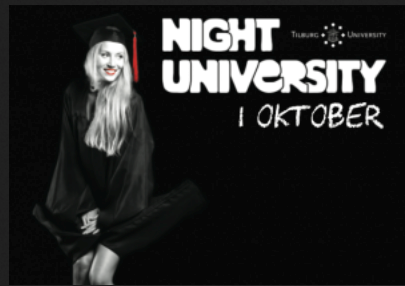
Night University 2014: The ‘male’ version depicted instead a young scientist busy with pipes and lab tools.
Univers 2014: Is it about new technologies or about sexy nude tights?
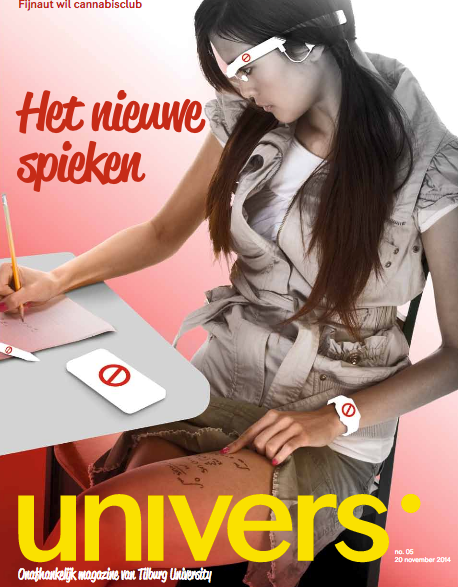
The exercise I do consists of asking myself two questions: ‘Does this image/message claim to tell a story about who I am?’, ‘Would I tell my story in the same way?’. When I answer ‘Yes’ to the former question, and ‘No’ to the latter, I then ask myself a third question: ‘What can I do about it?’.
Maybe, during these 16 days, we are not going to see much orange around the TiU campus; but I still think it’s a good time to reflect on the rhetoric of display that surrounds us in public spaces.
Suggested virtual tour:
